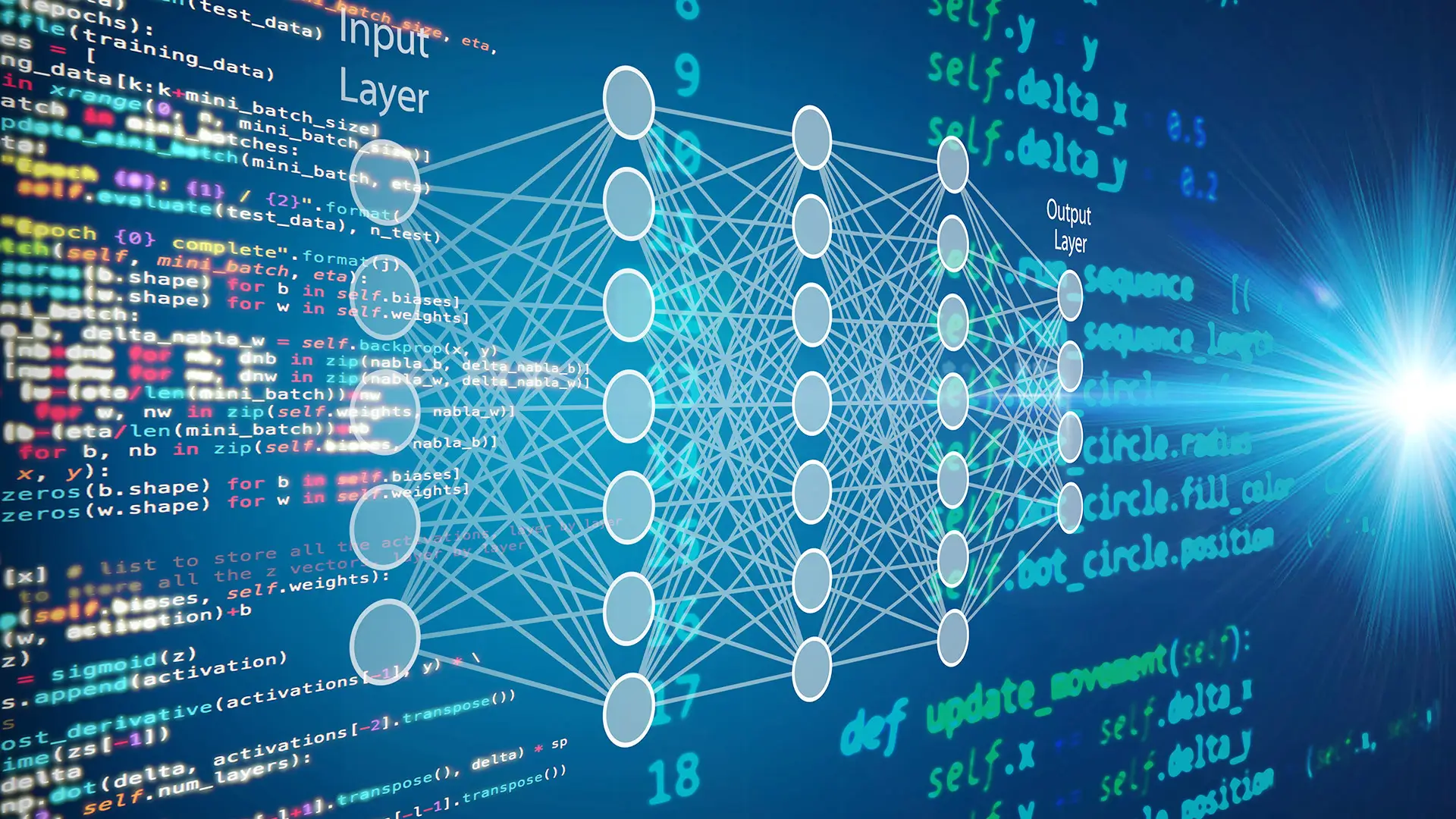LLMOps – Core Concept and Key Difference from MLOps


Artificial Intelligence (AI) is rapidly growing with more and more applications in our daily lives. One of the most exciting developments in AI is the development of large language models (LLMs). These machine learning-based models can process and understand natural language. LLMs have enormous potential for various uses, including question-answering, creative content creation, and language translation. To fully utilize it, though, a systematic approach to their development, implementation, and administration is necessary – that is why we need Large Language Model Operations (LLMOps). This article aims to explore this framework and provide insight into its benefits, essential elements, suggested practices, and how it differs from MLOps.
Large Language Model Operations is a framework that applies the principles and practices of MLOps to NLP projects, with some modifications and enhancements to suit the specific needs and characteristics of natural language data. It can help you streamline your NLP project lifecycle, from data collection & preprocessing to model development, deployment, monitoring, and evaluation. By following its best practices, businesses can improve NLP models’ quality, performance, and explainability and speed up collaboration and communication among team members and clients.
LLM development helps automate repetitive tasks like infrastructure management, process optimization, and deployment pipelines. It also enables easy scaling based on demand, optimizing resource usage and costs. This method improves coordination between teams working on data, development, and operations by offering standardized tools and procedures. Ultimately, this method speeds up LLM deployment, enabling companies to take advantage of new opportunities earlier.
This process encompasses tools for tracking and evaluating LLM outputs, which promotes bias detection, safety risk reduction, and continuous improvement. It ensures responsible data handling and adherence to relevant laws. Furthermore, this model management promotes consistency and traces the origins of LLM development and output, which is essential for ethical AI development. Automation improves overall reliability by lowering the possibility of mistakes during deployment and management.
Its frameworks adapt to different LLM architectures and tasks, allowing for future growth and innovation. With the current resources and knowledge, these frameworks frequently integrate with MLOps infrastructure in an easy-to-use manner. Efficient resource allocation and utilization through LLM management practices lead to significant savings in hardware and software costs. Ultimately, this approach helps improve the return on investment for LLM projects by facilitating quicker development, higher-quality LLMs, and lower risks.
Learn more:
What is MLOps and how does it work?
Discover Artificial Intelligence vs. Machine Learning vs. Deep Learning
Across diverse enterprises, its principles find application in the following key components, include:
| Exploratory Data Analysis (EDA) | LLM deployment begins by conducting an exploratory data analysis (EDA) to lay foundations. Carefully examining the data during this phase will direct the next steps in the model development process. |
| Data Preparation and Prompt Engineering | This step ensures that the textual data is refined, relevant, and optimized to guide the large language model effectively. |
| Model Fine-Tuning | Here, domain-specific data improves the pre-trained LLM and adjusts it to the intended application’s specifics. |
| Model Review and Governance | LLM lifecycle doesn’t merely stop at development; it extends into model review and governance. This component ensures that the deployed models adhere to predefined standards, promoting accountability and ethical considerations. |
| Model Inference and Serving | One of the most essential parts of the process is this step, which involves using the LLM to generate responses based on the given prompts. |
| Model Monitoring with Human Feedback | The final step in the lifecycle is ongoing model monitoring supported by insightful human input. Because of its constant feedback cycle, which guarantees continuous improvement, LLM engineering is flexible and sensitive to subtleties in the real world. |

EDA is a significant step in the data science process. It involves understanding your data’s distributions, correlations, and patterns through visualizations and statistical methods. In the context of large-scale language model development, EDA can help identify potential issues with the dataset, such as missing values, outliers, or imbalanced classes, which could impact the performance of your large language model.
Fine-tuning involves taking a pre-trained model and training it further on a specific task or dataset. This action allows the model to adapt to the new data’s particular nuances and characteristics, improving the performance of a large language model on a specific task or domain.
This process involves cleaning, normalizing, and transforming raw datasets into a format suitable for ML algorithms. Text data preprocessing consists of tokenizing, stemming, and removing stop words. The design of prompts, the inputs given to a language model to generate a response, is also crucial. The method of these prompts can significantly impact the model’s output.
Hyperparameters are the parameters of the learning algorithm itself, not derived from the training process. Examples include the learning rate, batch size, or the number of layers in a neural network. Tuning these hyperparameters can significantly impact the performance of the model. In LLM deployment, hyperparameter tuning can be complex and computationally expensive, but it’s crucial for achieving optimal model performance.
Machine-learning models get evaluated by using these tools to measure their performance. Standard metrics for language models include Perplexity, BLEU, ROUGE, and F1 score. Choosing the right metric for your specific task and interpreting these metrics is essential.
This practice involves using feedback from human evaluators to improve the model. There are various methods to get insightful reviews, such as Reinforcement Learning from Human Feedback (RLHF), where the model is fine-tuned based on human feedback. Human feedback can guide the model towards generating safer and more valuable outputs.
Large Language Model Operations are explicitly created for big language models, while MLOps is a general framework for all machine learning models.
| Feature | MLOps | LLMOps |
| Data Handling | Structured data (time series, images, numerical) | Unstructured text data (massive, requires pre-processing and cleaning) |
| Training | Supervised or unsupervised learning | Transfer learning and fine-tuning pre-trained LLMs. |
| Model Complexity | Simpler architecture, task-specific | Complex and flexible, suitable for various tasks |
| Deployment | Standalone models or integration with existing applications | Chaining multiple LLMs, interfacing with external systems. |
| Metrics | Accuracy, precision, recall | BLEU, ROUGE (fluency and coherence), interpretability, fairness, bias mitigation. |
MLOps works mainly with structured data, such as time series, images, or numerical data. In contrast, large NLP operations handle enormous amounts of unstructured text data, which calls for particular preprocessing and cleaning methods to guarantee relevance and accuracy when training the language model (LM).
While MLOps typically employs supervised or unsupervised learning techniques, the latter frequently relies on transfer learning and fine-tuning pre-trained LLMs with domain-specific data. This practice demands specialized infrastructure and resources to facilitate large-scale training for these intricate models.
Operational ML models typically have simpler architectures and narrowly focus on particular tasks. Meanwhile, large language models are flexible and intricate and can be helpful for various tasks. Scalable infrastructure and sophisticated deployment techniques are essential to implement these models in production.
MLOps models are typically deployed as standalone models or integrated into existing applications. However, the extensive text model management may involve chaining multiple LLMs and interfacing with external systems. This feature requires additional orchestration and monitoring tools to ensure the models perform as expected.
MLOps relies on well-established metrics, such as accuracy, precision, and recall. LLM development utilizes more nuanced metrics like BLEU and ROUGE for language fluency and coherence. In addition, it also considers interpretability, fairness, and bias mitigation.
LLMOps serves as a catalyst in scaling LLM development, risk mitigation, and efficiency improvement. With its tailored approach for language models, it’s an invaluable solution for NLP projects. Ready to elevate your digital innovation? Contact TECHVIFY for a free consultation, empowering your company to harness the potential of large language models efficiently.


Table of ContentsI. What is LLMops?II. The Benefits of Large Language Model Operations01. Increased Efficiency02. Risk Minimization03. Enhanced ScalabilityIII. The components of LLMOpsIV. Large Language Model Operations Best PracticesV. How is LLMOps different from MLOps?01. Data Handling02. Training03. Model Complexity04. Deployment05. MetricsConclusion In the fast-evolving world of online dating, understanding the cost to build a dating app is vital for anyone looking to break into the market. From the initial concept to the final launch, the journey requires careful planning around feature selection, platform compatibility, and user security—each of which plays a critical role in shaping both the app’s functionality…
22 October, 2024

Table of ContentsI. What is LLMops?II. The Benefits of Large Language Model Operations01. Increased Efficiency02. Risk Minimization03. Enhanced ScalabilityIII. The components of LLMOpsIV. Large Language Model Operations Best PracticesV. How is LLMOps different from MLOps?01. Data Handling02. Training03. Model Complexity04. Deployment05. MetricsConclusion You’ve started a business, and now you need a website. But no one on your team knows much about coding, and hiring a full-time web developer just isn’t in the cards right now. Sound familiar? If so, outsourcing your web design might be the perfect solution. Whether you’re a startup building your online presence or an established business…
21 October, 2024

Table of ContentsI. What is LLMops?II. The Benefits of Large Language Model Operations01. Increased Efficiency02. Risk Minimization03. Enhanced ScalabilityIII. The components of LLMOpsIV. Large Language Model Operations Best PracticesV. How is LLMOps different from MLOps?01. Data Handling02. Training03. Model Complexity04. Deployment05. MetricsConclusion With much of our communication happening online, it’s no surprise that the dating world has also shifted in the same direction. In 2021, 49 million people in the U.S. alone turned to online dating services—whether to find a serious partner or just enjoy a fun date. The trend became even more pronounced in 2020, as men and women…
18 October, 2024


Thank you for your interest in TECHVIFY Software.
Speed-up your projects with high skilled software engineers and developers.
By clicking the Submit button, I confirm that I have read and agree to our Privacy Policy